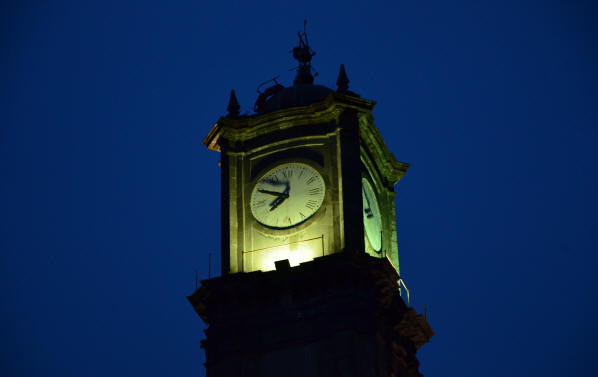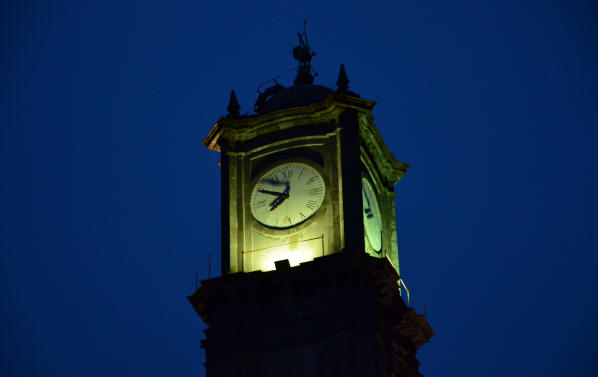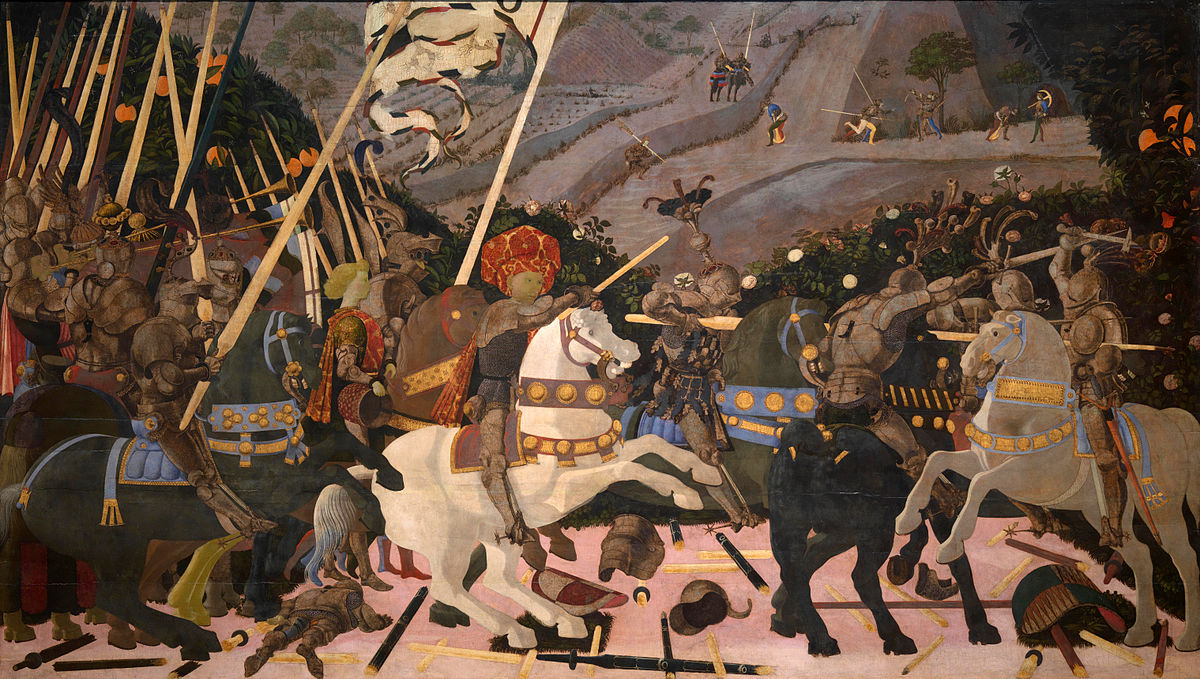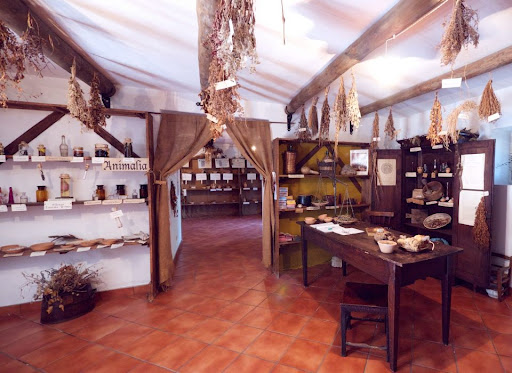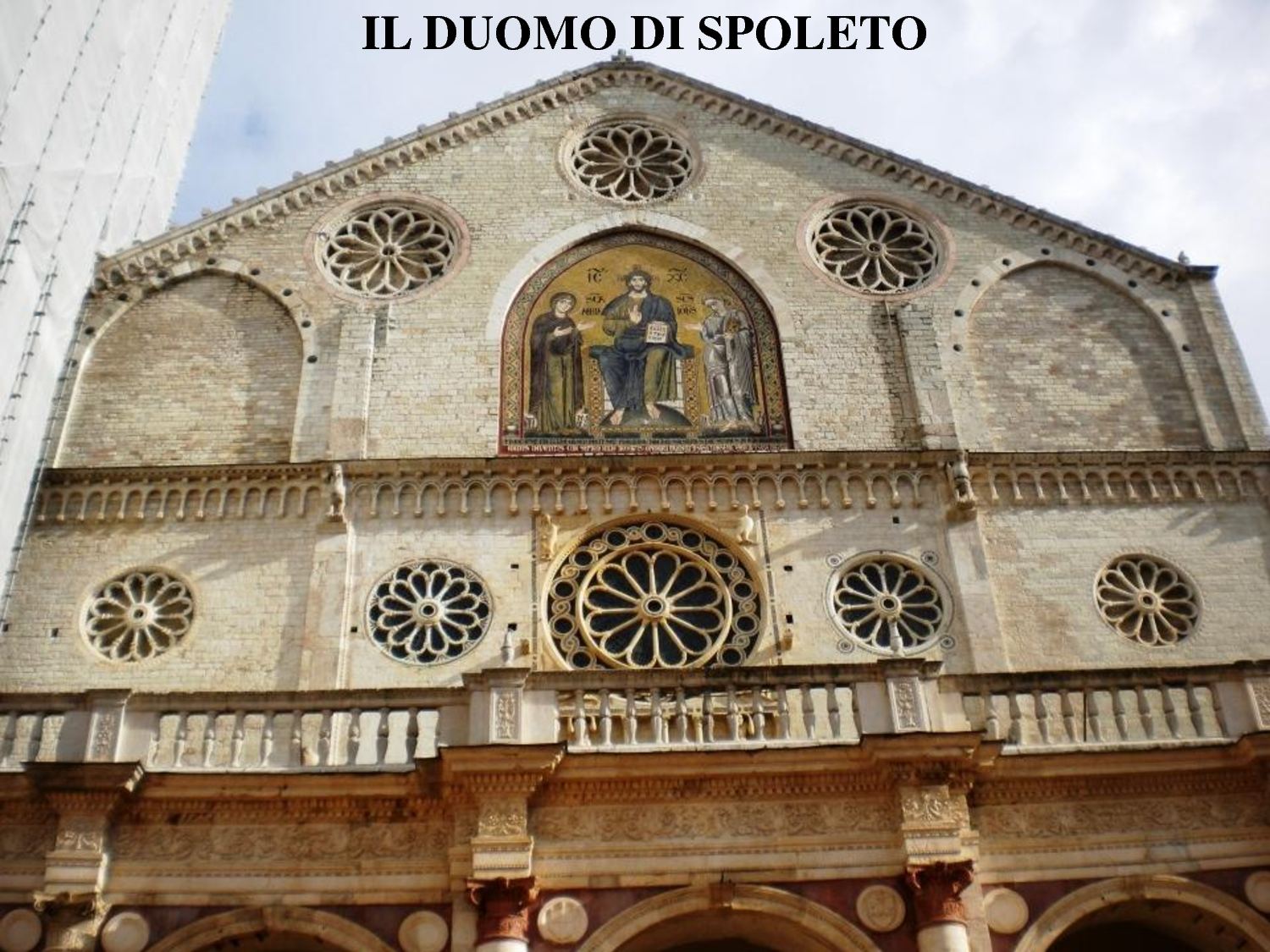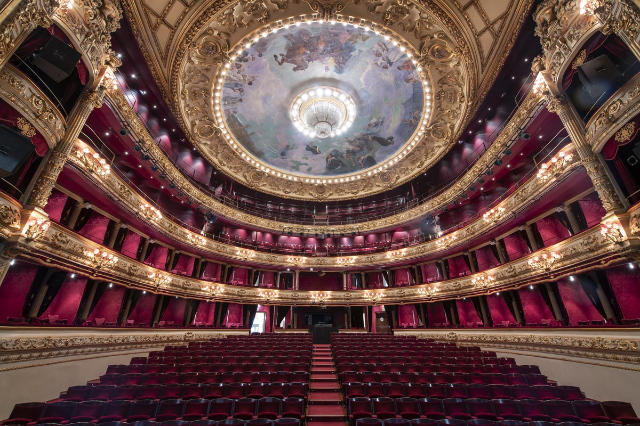The tradition, collected by the historian F. Scandone, wants it to have been built on a tower of the ancient city walls or even erected on the remains of an ancient bell tower.
Built around 1650, it has often been attributed to Fanzago, (Pescatori even stated that it was "built of plant on special design …") present in Avellino in the middle of’600 as a counselor of Francesco Marino Caracciolo, for its perfect inclusion in the image of the new city redesigned by the artist from Bergamo, but this attribution is not supported by certain documents.
Of the tower, whose construction in origin was to two plans, of which the superior one opened, the Pescatori supplies us a careful technical report writing: "All the Tower is tall 36 meters, it has a basement to bugne riquadre; the first architectonic order is Tuscan with trabeation mixed to Doric, in dark hard stone; the superior order is corintio, of tufo mixed to bricks".
The building, which since its origins belonged to the University, was seriously damaged by the earthquakes of 1668 and 1742, but the first interventions took place only in 1783 with the use of public money that provided the structure with a new machinery for the clock: a bell clock and a "diana" to be played only in case of danger.
The restorations following the last earthquake in 1980 have returned to the citizenship a tower wisely recovered to the ancient architectural balance.
